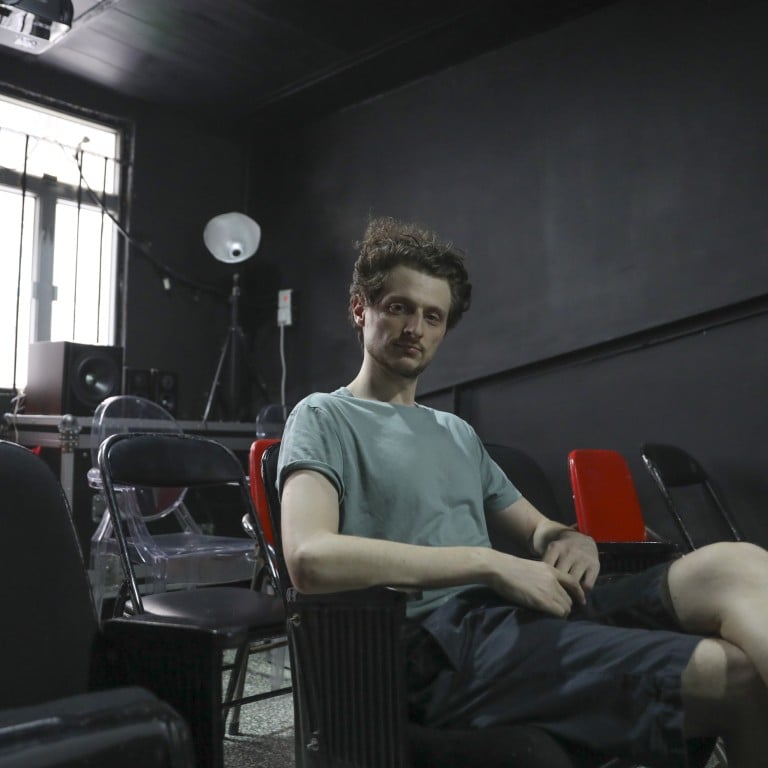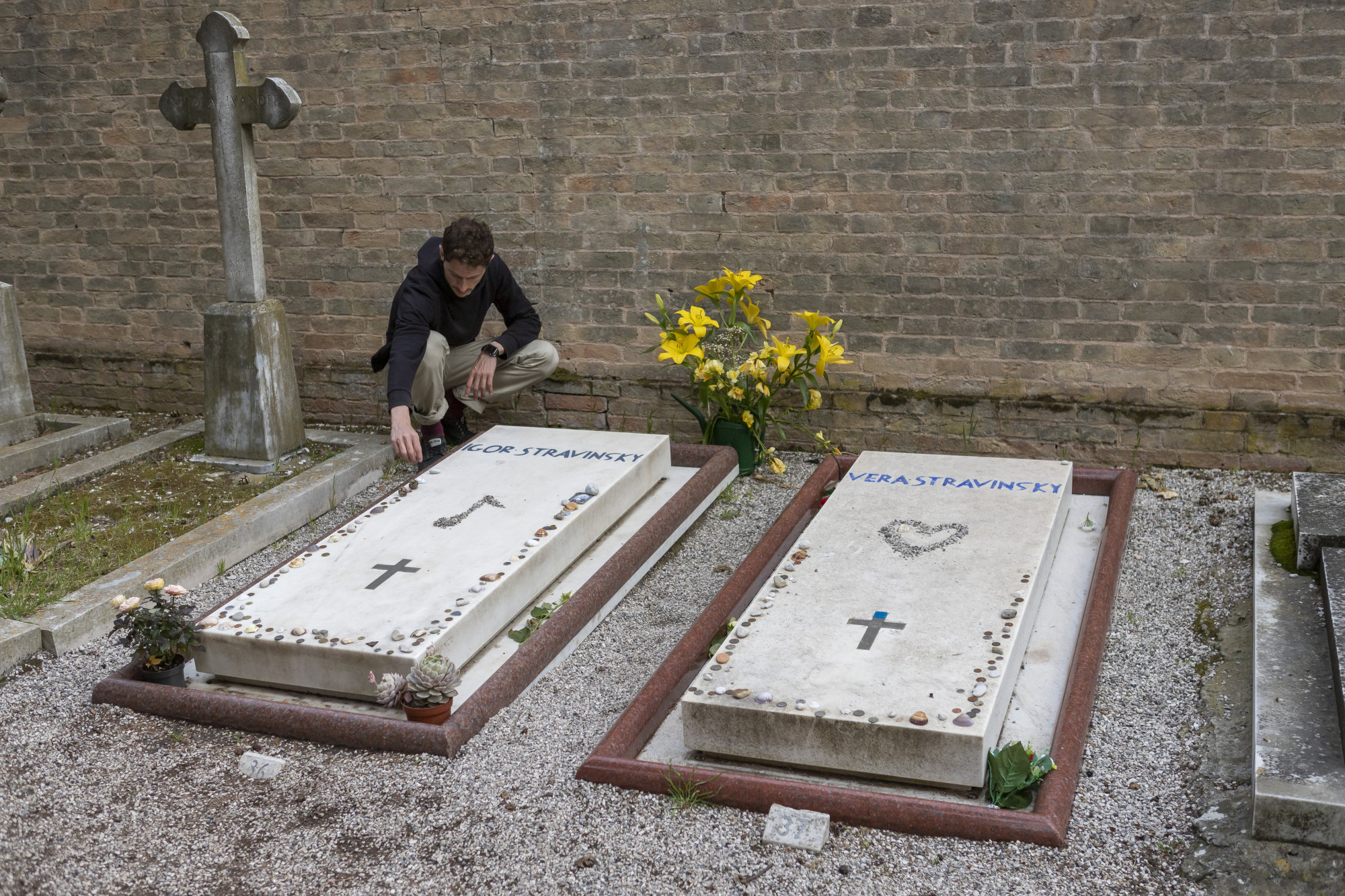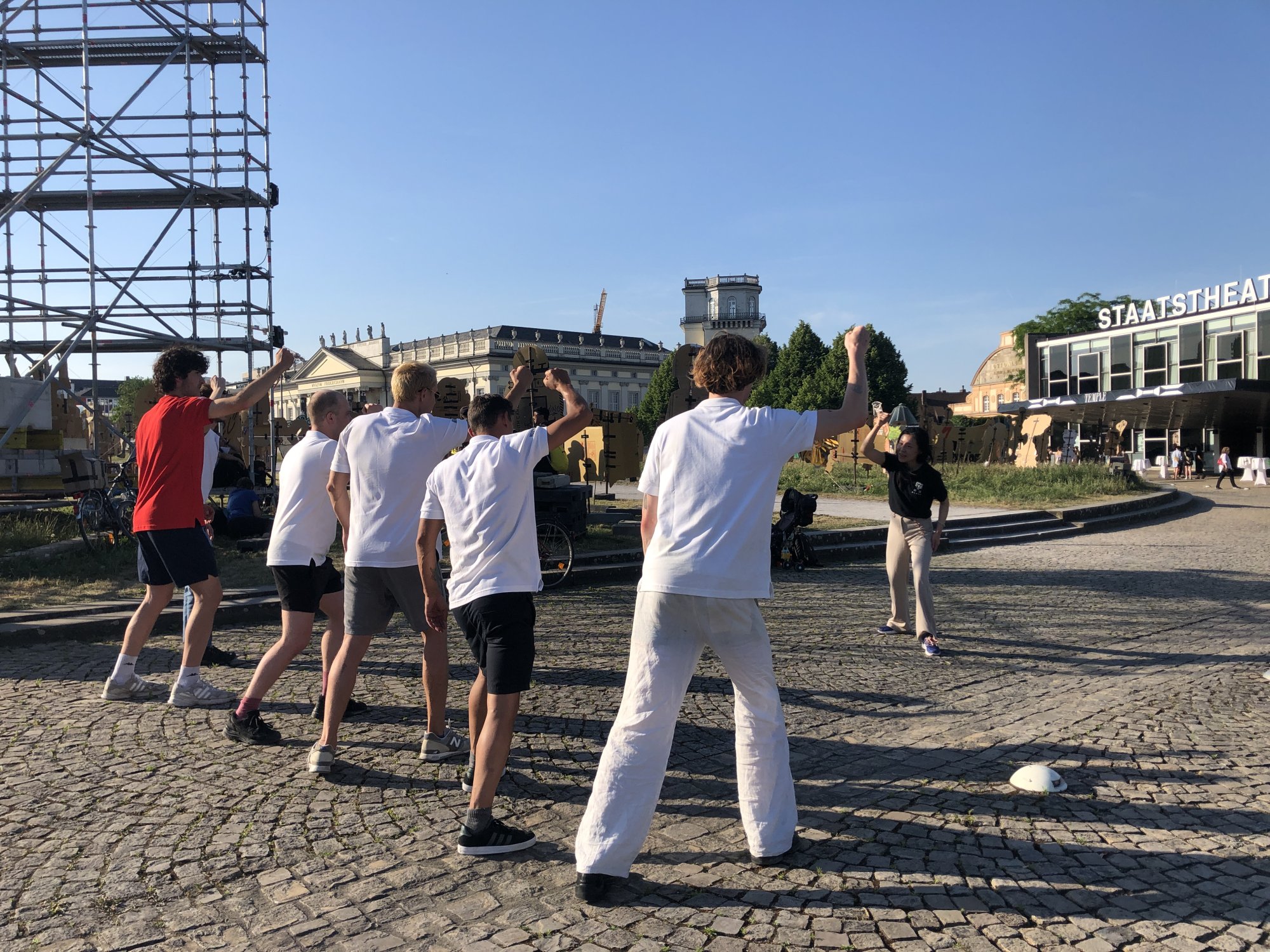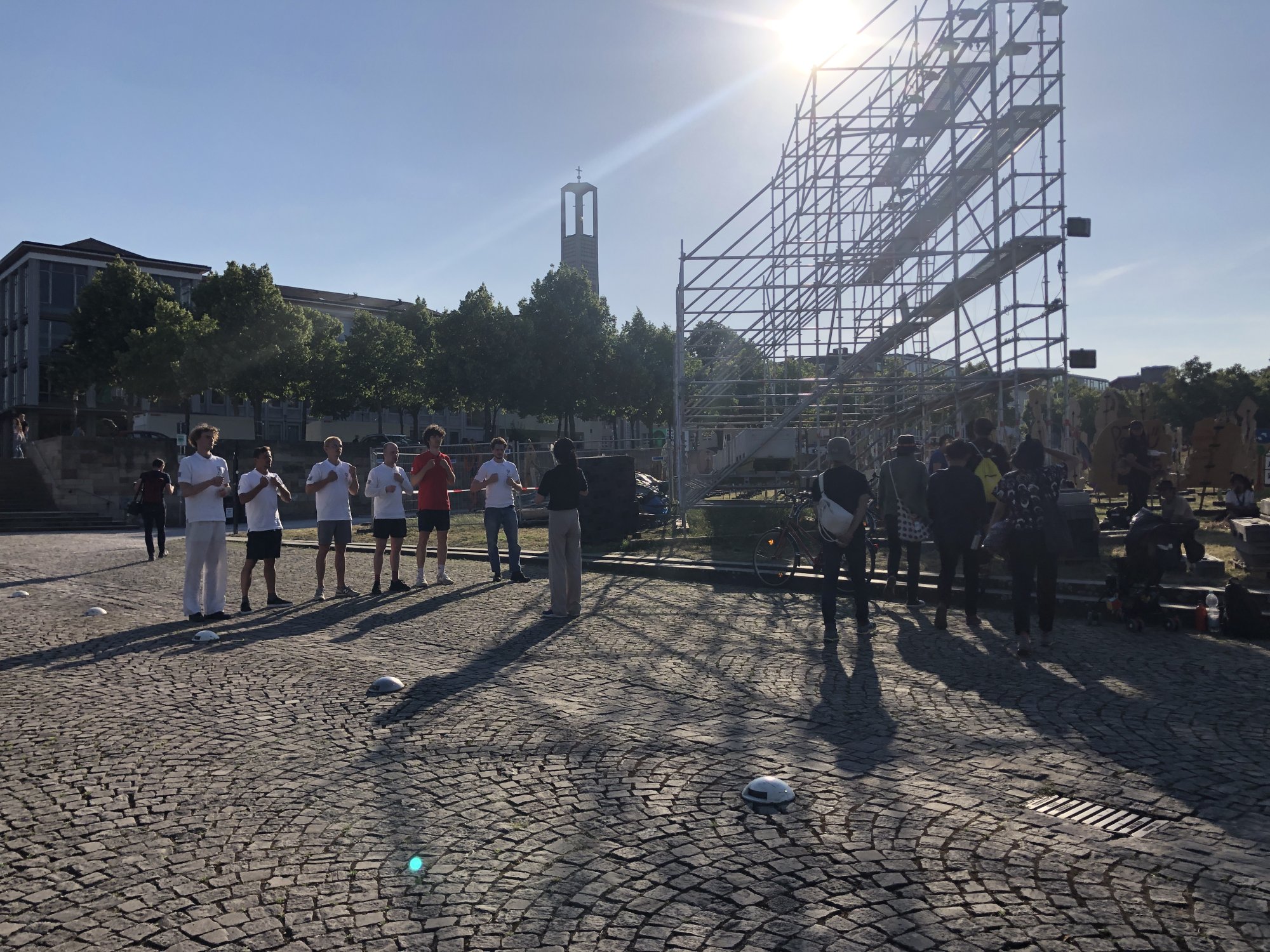
Art Basel, Documenta and Venice Biennale gatecrashed by maverick art activist who critiques exclusivity of the art world
- Hong Kong-based art activist Alberto Gerosa infiltrated the contemporary art world’s big three events with unsanctioned exhibitions and performances
- The Italian art disruptor set up a fake gallery booth and an unofficial pavilion to critique the snobbery and Eurocentrism present in contemporary art
Art Basel, the Venice Biennale and Documenta in Germany are the triumvirate of the global contemporary art world. Between them, the art fair and the two influential exhibitions hold immense power in deciding who are the most important artists of each generation.
That makes them symbols of a rotten system that is Eurocentric and exclusive, according to a maverick art activist based in Hong Kong’s Sham Shui Po neighbourhood – who has just managed to gatecrash all three exclusive events and stage performances on site to challenge the way art is valued and interpreted.

Galleries can only participate in the fair if they are approved by a selection committee and pay a substantial amount to rent a booth. Gerosa just sat in front of a blank partition wall and put up printouts of paintings by anonymous, online forgers – copies in the fashionable naïve style of artists whose works command stunning sums at the art fair.
It took Art Basel three days to spot the prank and kick him out, and only after he managed to sell some of the prints despite their total absence of conventional artistic merit.

His “Scythian Pavilion” took its name from the ancient Eurasian nomads who Gerosa says were a symbol of a transnational identity that is the opposite of the “nationalistic view of art” in Venice.

The genial Gerosa, who speaks Chinese, is as reluctant to confine himself geographically as the artists he admires. What he does also escapes easy labelling: part globe-trotting impresario and part academic, perhaps. (He has just completed a doctoral thesis about collective rituals at the Chinese University of Hong Kong.)
His is an unrestricted lifestyle with echoes of an age that fascinates him – the liberal and experimental artistic environment of early 20th-century Europe.

Between June 15 and 20, he and a group of male German artists could be seen in an open space called Friedrichsplatz in the centre of Kassel engaged in a strange, militaristic ritual called “Chicken Blood” led by a slogan-chanting Chinese woman.
Gerosa named it after the team-building exercises he witnessed in mainland Chinese factories and offices which he says have roots in shamanic practices and other folk traditions. How can this not be art, he asks.

The incident made Gerosa think of Sham Shui Po, where he has seen Nazi memorabilia for sale in second-hand shops. “I don’t think the local sellers were promoting Nazism. Hitler’s moustached face was next to other random vintage items, washing machine spare parts and old video games. It was not such a scary image in a context far, far away from 1940s Germany,” he says.
He was dismayed that the artists and curators failed to spot the blatant anti-Semitism in the artwork, and that there was no effort from either side to understand the other’s viewpoints.
For him, one memory from Kassel seems to capture the helplessness that many felt about the lack of understanding and mutual recrimination that tainted the whole event.
He had picked up what he thought was a small figure of Satan from a pile of discarded cardboard puppets which formed part of Taring Padi’s now-condemned display, when one of the artists stopped him.
He told Gerosa that that particular figure was painted by his young son, and that he wanted to be photographed with it before Gerosa took it back to Hong Kong.
It wasn’t Satan at all, he said. His son was painting a blue dragon as a positive symbol of power, the father explained.
“How vast was the distance between his artistic intention and my interpretation,” says Gerosa.

